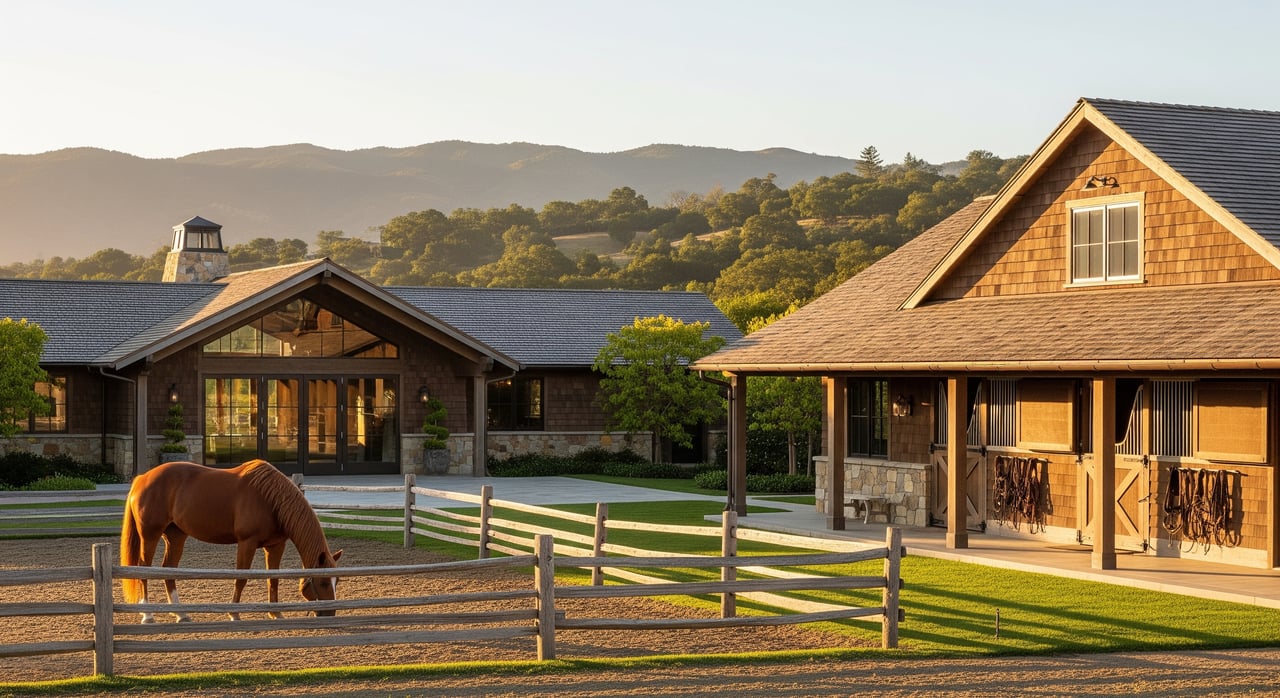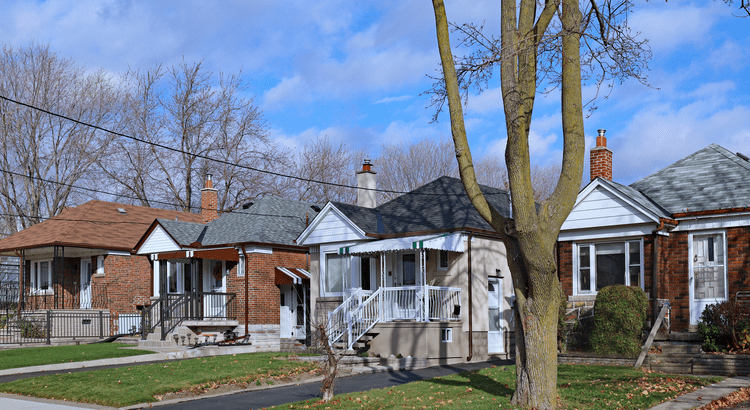:max_bytes(150000):strip_icc():format(webp)/summergarden-5126c365980b49d4b05ccee690dd3999.jpeg)
25 Summer Plants to Add to Your Garden This Season
My Domaine June 12, 2021
Lifestyle

My Domaine June 12, 2021
Lifestyle

:max_bytes(150000):strip_icc():format(webp)/summergarden-5126c365980b49d4b05ccee690dd3999.jpeg)
Springtime is all about getting your garden in the ground—but that doesn’t mean the planting fun stops when the heat hits. You can keep planting fruits, veggies, and flowers into early summer and seed fall crops in late summer, too. From asters to zinnias, these are the 25 best summer plants you can grow this season.
:max_bytes(150000):strip_icc():format(webp)/summer-plants-beans-9d99b29994964b93892a1c71eb376b14.jpg)
Wait to plant beans until all danger of frost has passed in your region—ideally, soil temps will be at least 60 degrees. Because their roots are delicate, it’s best to direct sow pole beans and bush beans. Be sure to provide a trellis for pole beans, which need support to climb as they grow.
:max_bytes(150000):strip_icc():format(webp)/patio-plants-basil-herbs-708a7a9206ce485e872fc2b05f669d81.jpg)
Summer’s best-loved herb thrives in warm, frost-free weather. Plant it along with your tomatoes once all danger of frost has passed. Pinch back the tips of young plants to encourage branching and bushier, fuller growth.
:max_bytes(150000):strip_icc():format(webp)/grow-tomatoes-containers-50df37813bd54489934f79cfd7253b3e.jpg)
Those in cooler climates might be tempted to plant their tomatoes as soon as daytime temperatures warm up, but chilly nights and spring cold snaps can nip your juicy tomato dreams in the bud. Just remember—don’t plant to-MAY-toes until May at the earliest in colder regions.
:max_bytes(150000):strip_icc():format(webp)/summer-plants-eggplant-c5c685d1c9cc4de186f265be04bb2b0d.jpg)
Another member of the Solanum genus along with potatoes and tomatoes, eggplants love hot summer weather. Because these plants need rich soil to thrive, add compost to the soil about a week before you put them in the ground. Install stakes or tomato cages when planting to give your young plants the support they need as they grow.
:max_bytes(150000):strip_icc():format(webp)/summer-plants-cucumber-92f8032ca6e64ee583681499fc3a2913.jpg)
As long as all danger of frost has passed, you can plant cucumbers—whether transplants or seeding directly into the soil. Keep the soil evenly moist throughout the season, as mini-droughts can make the cucumbers taste bitter.
:max_bytes(150000):strip_icc():format(webp)/summer-plants-okra-850dcc2990a143c7a4a08eae1c80f898.jpg)
Heat-loving okra is a relative of hibiscus, offering beautiful blooms to enjoy before the plants fruit. Harvest the pods when they’re between two and four inches long—any bigger and they tend to have a tough, woody texture—and fry, saute, stew, or pickle them.
:max_bytes(150000):strip_icc():format(webp)/easy-plants-to-grow-marigolds-930749ddaf584d4db45378823f822cdb.jpg)
Cheery marigolds make beautiful bedding plants, but they play an important role in the vegetable garden. Plant them along with crops like tomatoes, eggplants, squash, and cucumbers—it’s thought that they help protect your veggies from pests.1
:max_bytes(150000):strip_icc():format(webp)/summer-plants-melons-e6bf7e44ea304b749001b9536f023cc1.jpg)
Few fruits are as satisfying—or easy—to grow yourself as cantaloupe (also called muskmelon). Make sure these spreading plants have plenty of room to grow, or provide a tall, sturdy trellis for their vines to climb.
:max_bytes(150000):strip_icc():format(webp)/summer-plants-zinnias-7d885a2203094423b5c27ab9ab3bbba5.jpg)
Bright and colorful, zinnias make a great addition to summer flower beds, cutting gardens, and borders on paths or veggie gardens. They’re long-blooming, drought-tolerant, and quite easy to grow, too.
:max_bytes(150000):strip_icc():format(webp)/patio-plants-hibiscus-069d5db5e2d14ecf9611912acc8e1cf3.jpg)
These tropical beauties naturally grow in hot, humid climates, making them great for summertime planting. In temperate climates, plant them in containers so you can bring them indoors and overwinter them until the following spring.
:max_bytes(150000):strip_icc():format(webp)/summer-plants-hot-peppers-1520822c9cdf419aa00612a659958f84.jpg)
It makes sense that hot peppers would love hot temperatures, right? These Central American natives thrive in the summer sun. Let the soil dry out a bit between waterings, but keep an eye out for flower drop, which indicates that the plant isn’t getting enough water.
:max_bytes(150000):strip_icc():format(webp)/patio-plants-coneflower-0c42780d57444f7cab8f07293ab41b5f.jpg)
Known for its purported immune-boosting properties, coneflower also makes a great addition to your flower garden.2 These colorful blooms attract pollinators like bees and butterflies, too.
:max_bytes(150000):strip_icc():format(webp)/summer-plants-zucchini-squash-fdd498a86d0f42a48bc22bd513eac34a.jpg)
Also called yellow squash or crookneck squash, summer squash has a mild, refreshing, and slightly sweet flavor. Direct seed them once all danger of frost has passed. As with cucumbers, water the soil directly and keep the leaves from getting wet to stave off powdery mildew.
:max_bytes(150000):strip_icc():format(webp)/summer-plants-cowpeas-225e4654b67c46a0bab63a036d98f584.jpg)
Cowpeas or field peas love hot temperatures and bright sun. Pick them when the pods are around four inches long and eat them whole, or leave them on the plant to ripen more fully for use as a shelling bean. Leave the pods on the plants for another month or so to fully dry out if you’d like to store them as dried beans.
:max_bytes(150000):strip_icc():format(webp)/summer-plants-winter-squash-7b694c20457f40878dd5a7385439cd64.jpg)
Winter squashes like butternut, honeynut, acorn, kabocha, pumpkins, and kuri love warm temperatures, unfurling their long, trailing vines as they grow—so be sure to give them lots of space. As fruits form, place something underneath the squashes like a stone or brick to keep them from rotting on the vine.
:max_bytes(150000):strip_icc():format(webp)/summer-plants-sweet-potatoes-53db7971d75b49f5aa55c3ffb4355366.jpg)
Yes, you can grow your very own sweet potatoes! Purchase sweet potato slips, or sprouts, and about a month until after the last frost to plant them, as they’re very sensitive to cold. Harvest and cook small amounts of the edible greens as you wait for the tubers to fatten up in early fall.
:max_bytes(150000):strip_icc():format(webp)/patio-plants-lantana-57cb375d3c6943b48d03a0c93452e4ed.jpg)
Just because spring is over doesn’t mean you can’t plant flowers! Choose a cool, overcast summer day to plant a lantana shrub in your garden. They make great statement plants, set apart from bedding plants to adorn your garden on their own.
:max_bytes(150000):strip_icc():format(webp)/summer-plants-malabar-spinach-709498d2a55d4c51b43d3d46b8a9a352.jpg)
Native to tropical Southeast Asia, this heat-loving vine can be grown as an annual in temperate climates. It’s an excellent cooking green, with shiny green foliage and bright red stems. Be sure to provide it with a sturdy trellis or other support to climb.
:max_bytes(150000):strip_icc():format(webp)/summer-plants-asters-af8865bd2b294dc99b3d241acba045b8.jpg)
Plant colorful, late-blooming aster varieties in summer to get beautiful blooms all the way through fall’s first frost. These daisy-like plants bloom when days begin to shorten in fall. They’re perennials, so choose a planting spot where you won’t mind them coming back year after year.
:max_bytes(150000):strip_icc():format(webp)/summer-plants-brown-eyed-susans-55c3684920c94683a84349b9db649a3a.jpg)
Bold, bright brown-eyed susans are a low-maintenance, easy-growing addition to any flower garden. Once they’ve established, simply deadhead spent blooms to keep the plants looking fresh and promote new growth.
:max_bytes(150000):strip_icc():format(webp)/summer-plants-beets-823c623f8ffb43088285b4a1d638624d.jpg)
As you make your summer planting plans, don’t forget to think ahead to fall. To get another round of cool-weather crops like beets from your garden, direct-seed in mid-to-late summer once night temperatures have begun to cool off.
:max_bytes(150000):strip_icc():format(webp)/summer-plants-collard-greens-ce88a7b73c8e497982beceae8407bba9.jpg)
Like its close relatives kale and cabbage, collard greens can be planted in spring or fall. Sow seeds directly into the soil in midsummer, about two months before your region’s last frost date. You may want to cover the plants with floating row cover to protect them from pests like harlequin beetles, which tend to be more persistent in summer than in early spring.
:max_bytes(150000):strip_icc():format(webp)/summer-plants-broccoli-a351e15750cf4df283b8f58265d58f86.jpg)
Broccoli loves the cool shoulder seasons of spring and fall. For a late-season crop, seed in July or August, then harvest when the heads are about the size of your fist—any later and the tightly-packed buds will begin to open. If winters are mild in your region, you can also sow in fall for a spring harvest.
:max_bytes(150000):strip_icc():format(webp)/summer-plants-cauliflower-24c09c69b2ec467189756fb1303172da.jpg)
Cauliflower is another cool-season plant that can go in the ground in early spring or late summer. Shoot to plant seedlings about two months before your last frost date for a fall crop—ideally, daytime temperatures will be below 75 degrees. For colder climates, look for varieties that mature in just two months, since the plants can be damaged by frost.
:max_bytes(150000):strip_icc():format(webp)/summer-plants-spinach-efab810b163f4566b8573b99deac9652.jpg)
When the days start getting shorter in late summer, cheer yourself up by planting fall crops like spinach. Direct seed spinach varieties about two months before your first fall frost date, then plan to harvest four to six weeks later. In temperate climates, you can keep sowing seeds into the fall so the plants will overwinter for you to harvest in spring.
Stay up to date on the latest real estate trends.

Seller
December 12, 2025
A lot of people are asking the same thing right now: “Is it even a good time to sell?” And the truth may come as a bit of a surprise...

Seller
December 11, 2025
Spring gets all the attention, but it’s not always the best time to sell a house.

Seller
December 9, 2025
If you’re like a lot of homeowners, you’ve probably thought: “I’d like to move… but I don’t want to give up my 3% rate.” That’s fair.

December 4, 2025

Buyer
December 2, 2025
Focus on homes that have been sitting on the market for a while.

Seller
November 28, 2025
When the holidays roll around, travel plans, family gatherings, and all the chaos of the season may make you think it’s better to pull your listing off the market or t… Read more
We Guide Homeowners through the complicated process of selling their home using our 4 Phase Selling Process and 3 Prong Marketing Strategy that alleviates their stress and moves them effortlessly to their next destination. Schedule a 15 Minute Complimentary Strategy Session Today